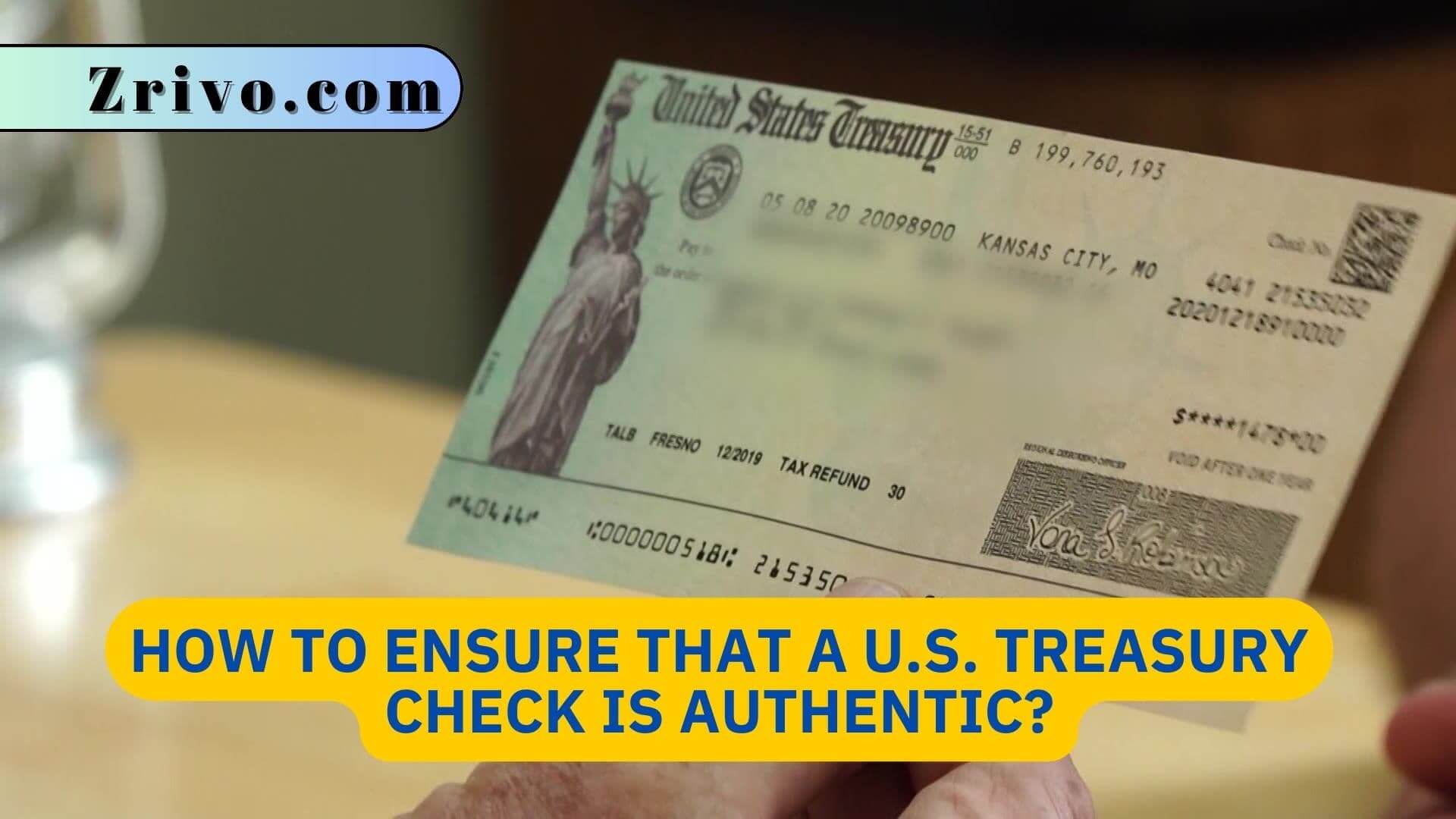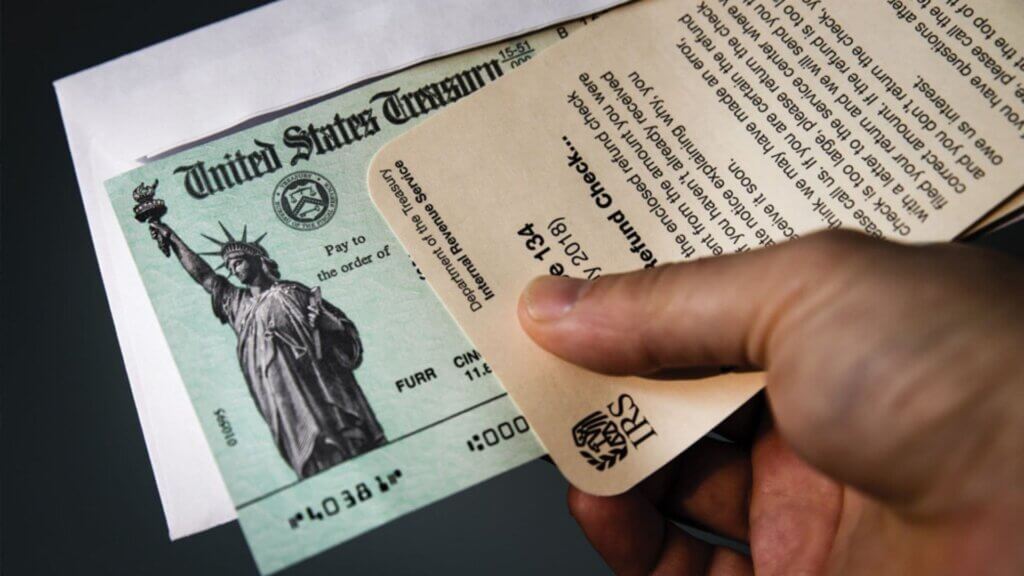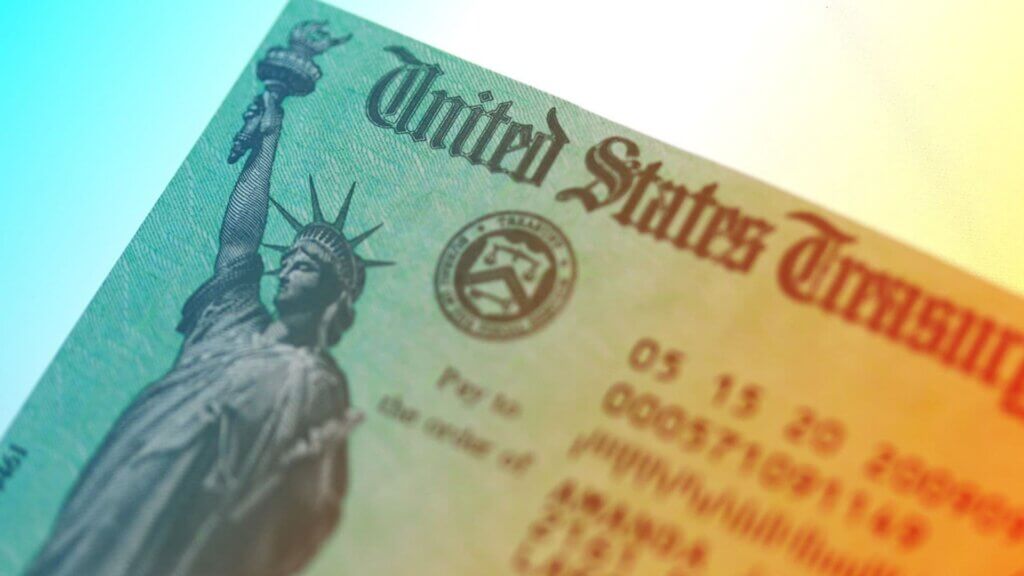
As the economic impact from the recent government shutdown continues to take a toll on families, the U.S. Treasury has begun distributing payments to affected individuals and businesses. To ensure that these checks are authentic, check the security features on the back of the check. These include microprinting, which consists of words printed so small they appear as lines to the unaided eye but can be read with a magnifying glass and is difficult for counterfeiters to reproduce on copiers, as well as an ultraviolet pattern that can only be seen under black light. In addition, the U.S. Treasury website has a verification tool that can be used to verify a Treasury check by entering the check number and the payment amount. This will provide a list of the issue data associated with the check. The website is available from 6:00am to 12:00am E.T.
Another option is to use a third-party service like TrueChecks, which offers a real-time Treasury check verification solution that can be integrated into existing deposit channels. The service uses a database that includes the Treasury check information system (TCIS) and other sources of item data to evaluate deposits across all channels in real-time. In addition to reducing the number of fraudulent items, it can also detect duplicates (effective against double-presentment ploys), non-sufficient funds, and closed accounts.

Is Treasury Check Verification System Legit?
Many federal payments to taxpayers, including IRS refunds and checks from Social Security and veterans’ benefits agencies, are made via the United States Treasury. Fortunately, the Treasury is working to keep these checks out of the hands of fraudsters and other criminals. There are several security features that help to verify authenticity. These include unique watermarks, a distinctive seal, and bleeding ink. In addition, the Treasury also uses ultraviolet overprinting to make it more difficult to duplicate these checks on a photocopier.
Under current rules, financial institutions must use “reasonable efforts” to determine if a Treasury check is genuine and has not been previously negotiated. However, those rules do not require that they use the Treasury’s verification system to ensure this. The proposed changes would amend the definition of a valid Treasury check to include the use of this system to ensure that the payment is genuine.
This new requirement would not apply until after TCVS enhancements that allow same-day verification of Treasury checks are implemented and a rule is published in the Federal Register. Once this occurs, the verification system can provide information on a duplicate presentation of a Treasury check on the same day TCVS receives the information from the Federal Reserve.
The ABA and three banking and credit union associations have expressed concerns that the proposed new requirements could burden banks and other financial institutions. The new system would not eliminate the need for banks to exercise a number of other controls on Treasury checks, such as requiring that a bank or payment certifying agency put a stop payment on a check to cancel it. Resolving these stopped payments costs the federal government $1.3 million a year, according to the Treasury Department.

How Do I Cash a U.S. Treasury Check?
If you receive a Treasury check from a federal agency, such as the IRS or Social Security, you can cash it at a bank or credit union. These institutions usually charge a fee for cashing treasury checks, but you may be able to find a service that waives the fees during an emergency. There are also a number of other options, including local merchants.
To cash a Treasury check, you must be sure that the check is authentic. The Treasury has instituted several safeguards to protect against counterfeiting, including bleeding ink for the seal. This means that when moisture is applied to the seal, it will bleed red and indicate that the check is genuine.
Treasury checks are valid for one year from the date of issuance. If you have not received a check by that time, you must contact the federal agency that authorized it to request a replacement check. To do this, write a letter explaining why you did not receive the check and include your check number and issue date.
A treasury check has a treasury seal printed in the upper right corner. It also has a bar code, which is used for authentication purposes. The seal will show that it was issued by the Bureau of Fiscal Services. The letter should be signed by the person authorized to endorse it and by the holder of the checking account.